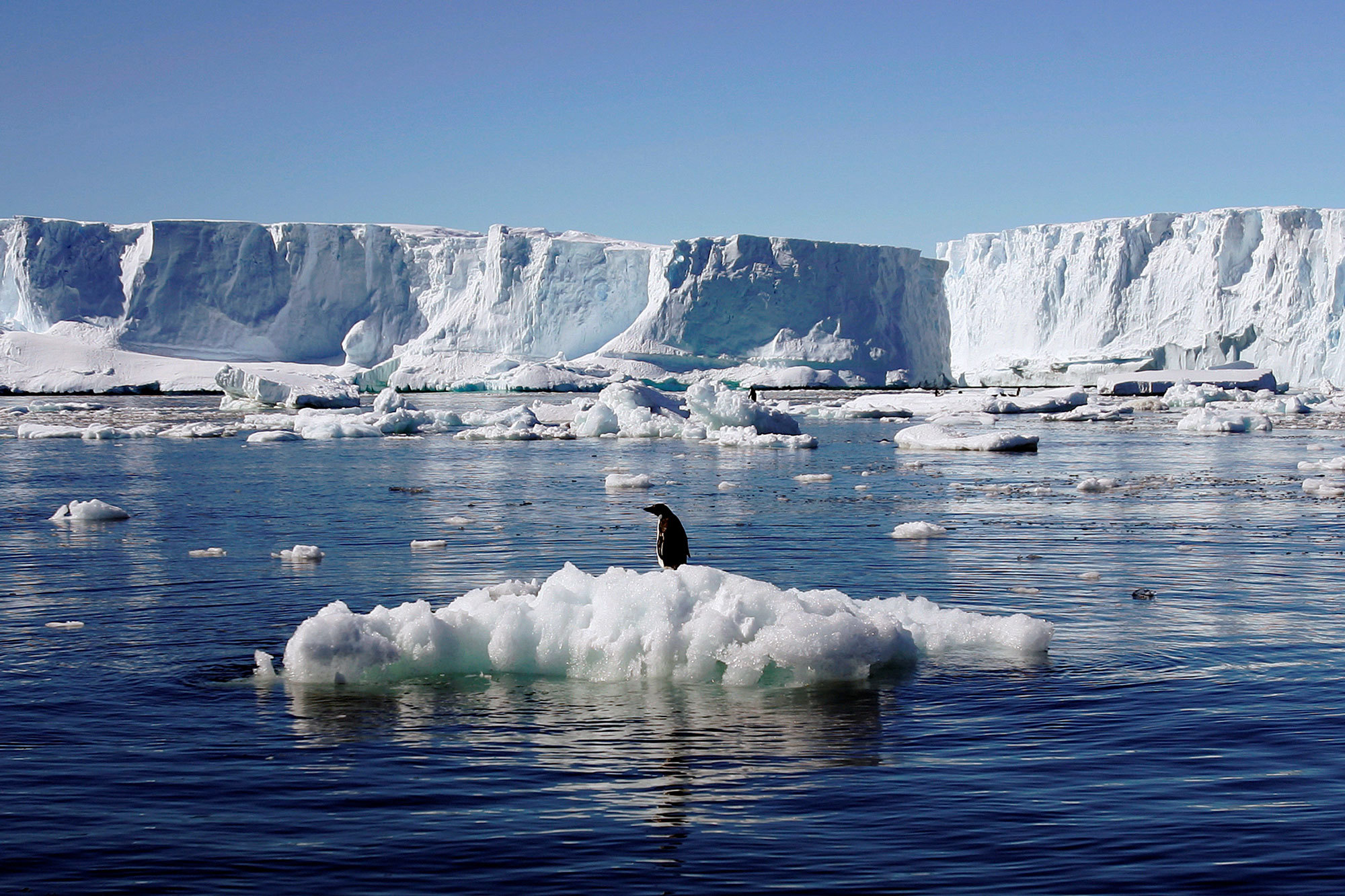A new study just revealed that the Earth’s ice is melting faster now than it used to in the 1900s. The loss of ice from the planet is at its worst – significantly as a consequence of climate change and rising global temperatures. According to this study, a total of 28 trillion metric tons of ice has melted from the sea, ice sheets, and glaciers across the world.
Making things worse, the annual melt rate has now reached its peak of 57 percent. This is seemingly the highest annual melting rate in the last three decades, as cited in the journal – ‘The Cryosphere’. Most of the melting of ice has taken place in Antarctica and Greenland, which has raised the sea level almost by 3.5 cms.
Following that the Arctic sea ice has been continuously shrinking leaving vast patches of greenery which is quite unusual and peculiar to the icy-white tundra landscape of the region. With that, the Arctic now has the second-lowest ice-cover in the last 40 years. Besides, there is also 22 percent ice loss from mountainous peaks and glaciers in hilly terrain.
The devastating repercussions of climate change are gradually proved by startling figures that suggest that the ice loss used to be at 760 billion tonnes per year during the 1990s. But after 2010, the rate of loss of ice has been elevated to 1.2 trillion tonnes per year. This constitutes a whopping 60 percent rise in the melting of snow across the planet, utilising 3 percent of the Earth’s trapped energy.
Greenland and Antarctic: The Worst Victims
Greenland and Antarctic constitute 99 percent of the planet’s freshwater reserve in frozen form but, since 1994, a total of 6.3 trillion tonnes of ice has been lost. Greenland’s glaciers are flowing fastest into the sea as the encroachment of warm water takes place underneath the ice in the deeper portions of coastal Greenland. Due to such occurrences, Greenland’s glaciers are losing most of their ice. Between 1992 and 2017, as many as 74 glaciers have lost their ice-cover, making Greenland the largest contributor to global sea levels.
Meanwhile, polar ice caps of the Earth, both the Arctic and the Antarctic are also on the losing spree. The Antarctic has lost 8.6 trillion tonnes of ice while the sea ice in the Arctic is shrinking quite fast, with 230 billion tonnes lost since 1980. With that, the Arctic is even warming at a double rate as compared to previous decades.
The reason behind melting of ice at a faster rate
Melting of ice at such a vast level is predominantly dangerous as it exposes the dark water that lies beneath it. This dark water absorbs solar radiation and increases the regional temperature. Moreover, the glaciers’ melting takes place largely due to the rushing warm water which makes them quite unstable as they lose their ice. Even rising air temperatures across the globe have led to the melting of ice on the mountains, from the European Alps to the Himalayas in Asia and Andes in South America. Since the 1960s mountain glaciers have lost 10 trillion tonnes of ice.
As usual, the culprit behind such predicament of the world’s glaciers and the frozen landscape is rapid industrialisation, air pollution and emission of greenhouse gases, particularly carbon-dioxide. Many experts claim that even if these emissions are brought under control in recent decades, then also more than a third of ice will melt from the world’s glaciers by 2100.
Meanwhile, 95 percent of the thickest and oldest sea ice has already withered away into the sea. Now, sea ice is quite different from the glaciers which were formed on the land. Sea ice floats on seawater and can be considered as an ice cube in a glass of water, which on melting will not change the level of water. But the melting of sea ice on a larger scale is dangerous for aquatic life like Walrus that thrives on them.
Consequences of melting glaciers
The world is increasingly becoming a hotspot of natural disasters. In this regard, the melting of glaciers contributes a huge chunk of devastation as it increases sea levels while aggravating coastal erosion, posing an existential threat to megacities situated by the sea. Further, warming air and ocean currents often led to the creation of storms like hurricanes, cyclones, and typhoons.
As browning of the Arctic and Antarctic is increasing because of the melting of ice, wildlife like Walrus and Polar bears are losing their homes which can further lead to human-wildlife conflict.

